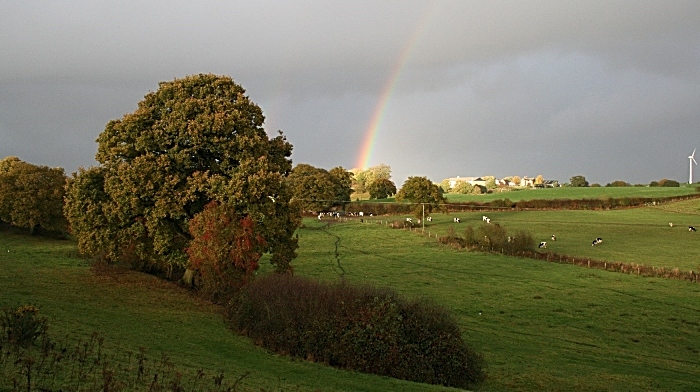
Green spaces, whether big or small, are widely recognised for how crucial they are for mental and emotional well-being.
From public parks to private gardens, natural environments offer a sense of tranquillity that can significantly reduce stress, improve mood, and enhance overall health.
For older adults, particularly those in residential care, access to green spaces is even more crucial.
Incorporating nature into care settings has been shown to boost cognitive function, promote physical activity, and create a greater sense of community.
How Green Spaces Benefit Mental Health
1. Reducing Stress and Anxiety
Spending time in nature successfully lowers cortisol levels, the hormone associated with stress. Research has found that even short exposure to green spaces can lead to a measurable reduction in anxiety. The presence of trees, flowers, and water features provides a calming environment that supports emotional well-being.
For older adults, particularly those living with conditions such as dementia or depression, access to nature can create moments of peace and relaxation. Whether it’s a morning walk in the garden or simply sitting in a shaded outdoor area, these small interactions with nature can make a significant difference.
2. Enhancing Cognitive Function
Studies suggest that being in natural surroundings can improve concentration, memory retention, and overall cognitive function. The variety of colours, textures, and sounds found in green spaces stimulates the brain, helping individuals stay engaged with their environment.
Care homes that incorporate green spaces often see improvements in residents’ attention spans and communication. A well-designed outdoor area can encourage curiosity, conversation, and sensory engagement, all of which support cognitive health.
3. Encouraging Activity
Movement is essential for both physical and mental well-being. Green spaces encourage older adults to stay active, whether through walking, gardening, or light stretching exercises. Exposure to natural light also helps regulate sleep patterns by reinforcing the body’s circadian rhythm.
Care settings that provide accessible outdoor areas make it easier for residents to maintain an active lifestyle. Raised garden beds, walking paths, and seating areas allow individuals of all mobility levels to enjoy time outside.
4. Combating Social Isolation
Isolation is a common concern among older adults, but green spaces create natural gathering points where residents can interact.
Whether it’s a group gardening session, an outdoor tea break, or simply enjoying nature together, these moments foster a sense of connection.
Social interaction in natural settings has been linked to improved mood and increased feelings of belonging. Care homes that incorporate well-maintained gardens and communal outdoor spaces help residents form meaningful relationships.
Why Green Spaces Matter in Residential Care
Many care homes are recognising the need for outdoor access as part of holistic well-being.
Facilities like care homes in Farnham understand the role that nature plays in creating a comfortable, engaging, and supportive living environment.
Integrating green spaces into care settings doesn’t just improve residents’ quality of life; it also benefits carers and family members.
Outdoor environments provide peaceful areas for visits, encourage positive interactions, and help create a home-like atmosphere.
Closing Remarks
Green spaces are more than just decorative additions—they are essential for mental and physical health.
Whether through stress reduction, cognitive stimulation, physical activity, or social engagement, access to nature significantly enhances well-being.
As care homes continue to evolve, incorporating natural elements should remain a priority, ensuring that every resident can experience the benefits of the outdoors.
(pic by Matt Lawton)


















Recent Comments